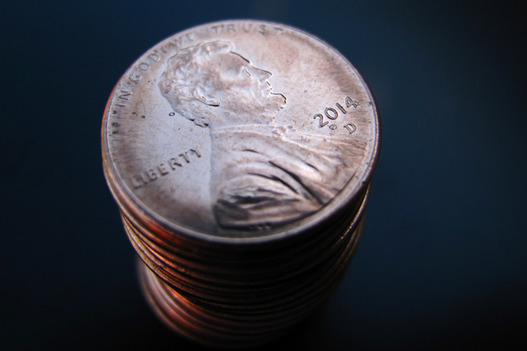According to a report this week from watchdogs at the Government Accountability Office, since 2006 the prices of metals used in coins have risen so much that the total production unit costs of the penny and nickel exceed their face value resulting in financial losses to the U.S. Mint. In fact such a change could potentially save between $8 million and $39 million per year by changing the metal composition of the nickel, dime, and quarter.
Source: www.networkworld.com
There are other issues in making such coin changes. The GAO said that associations representing selected industries that use coin acceptance machines estimated a cost impact ranging from $2.4 billion to $10 billion to modify an estimated 22-million coin machines, such as vending machines, to accommodate steel-based coins. According to these associations, these costs would be incurred because coin machines would require modifications to accept new coins while continuing to accept current coins.
The GAO also noted these estimates may be overstated for several reasons. For example, the vending industry assumed 7-million vending machines would require modification, but a 2015 industry study estimated that there are 4.5-million vending machines in the United States. Second, the cost estimates assumed steel changes to all coins, but the U.S. Mint has determined it is not viable to change the quarter. Therefore, machines that only accept quarters (such as coin laundry machines) would not require modification. However, any change in coin composition that requires changes to coin acceptance machines will result in some industry costs.

